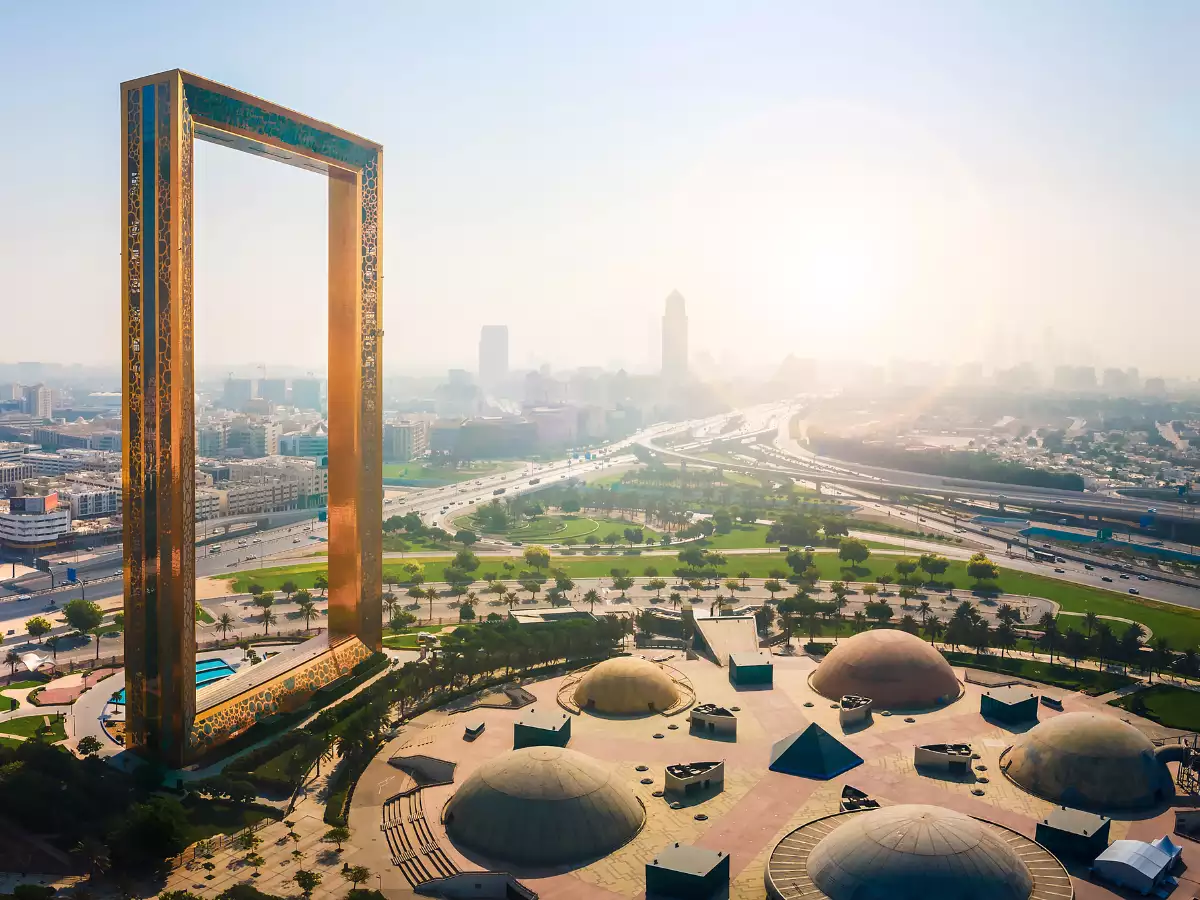Now Reading: Discover Dubai’s Hidden Cultural Treasures Beyond Skyscrapers and Shopping Malls 2025!
-
01
Discover Dubai’s Hidden Cultural Treasures Beyond Skyscrapers and Shopping Malls 2025!
Discover Dubai’s Hidden Cultural Treasures Beyond Skyscrapers and Shopping Malls 2025!
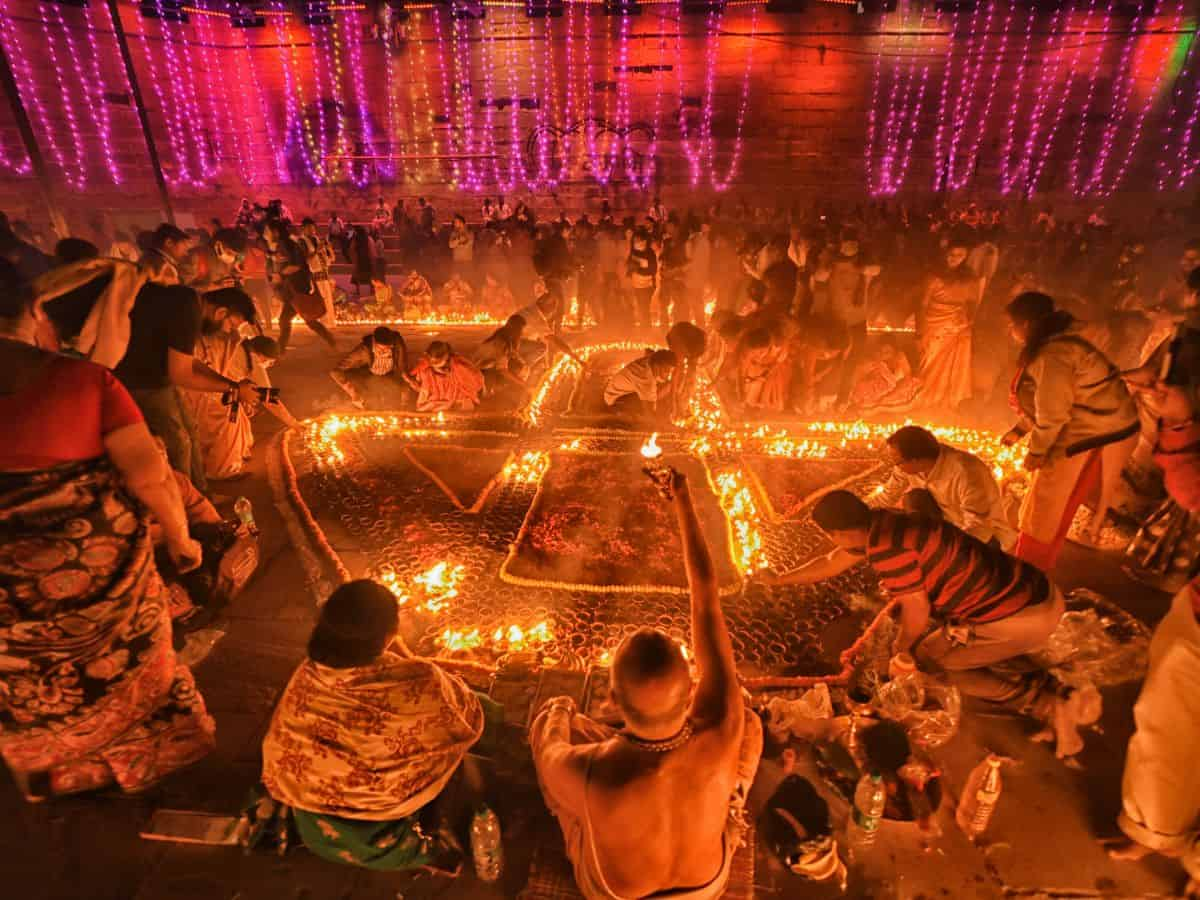
Table of Contents
Dubai is famous across the world for its stunning skyscrapers, luxury malls, and futuristic technology. But behind the tall buildings and fast cars lies a deep and rich cultural heritage that tells the story of the desert, the sea, and the people who turned this once small fishing village into one of the most exciting cities on Earth.
In this article, let’s explore Dubai’s cultural treasures—its traditions, old neighborhoods, museums, and living heritage that attract millions of visitors who want to discover the real soul of this dazzling city.
The Story of Old Dubai: Where History Lives On
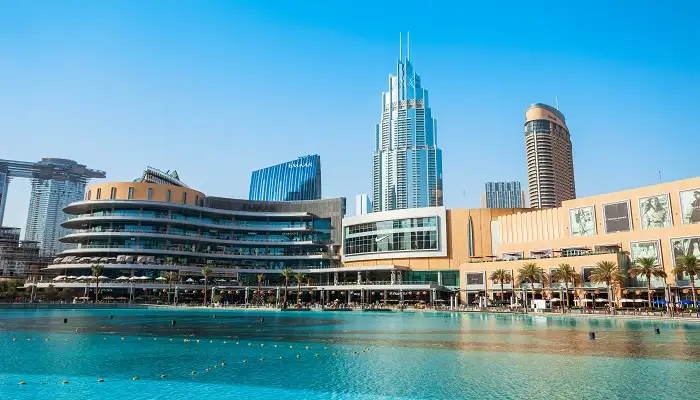
Before the world knew Dubai for the Burj Khalifa or the Palm Jumeirah, this city was a peaceful trading post by the Arabian Gulf. For centuries, Dubai’s people lived as fishermen, pearl divers, and traders who sailed the seas to exchange goods with India, Africa, and Persia.
The best place to experience this old-world charm is in Al Fahidi Historical Neighborhood (Al Bastakiya). With its narrow lanes, wind towers, and sandy-colored houses, this area takes visitors back to the 19th century when Dubai was a quiet town along the creek. Here, traditional Arab architecture shows how people used smart building techniques to stay cool in the desert heat before air conditioning existed.
Another important historical landmark is the Dubai Creek (Khor Dubai). This natural seawater inlet divided the city into two parts: Deira and Bur Dubai. The creek was the heart of trade and fishing activities. Even today, visitors can enjoy a ride on a traditional wooden boat called an ‘abra’, just like traders did more than a hundred years ago.
Living Traditions: Food, Clothing, and Music
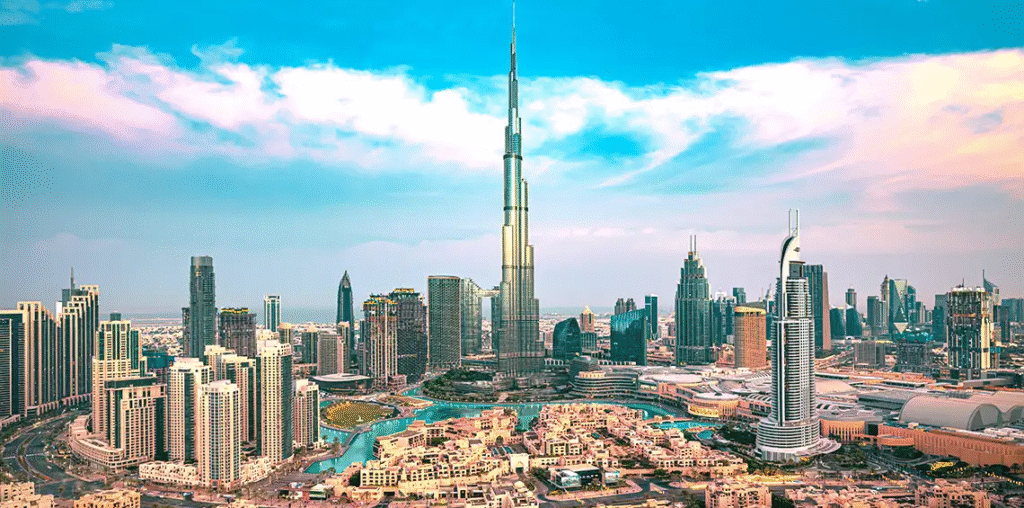
Dubai’s culture is proudly rooted in Bedouin traditions. These are the ways of life of the desert-dwelling tribes that shaped the region for centuries.
One of the most beloved traditions is Arabic hospitality. When visiting a home or a cultural center, you may be welcomed with Gahwa (Arabic coffee) and dates, a sign of warmth and friendship that has been part of Emirati life for generations.
The national dress of the Emiratis also reflects cultural values. Men wear the kandura (a long white robe) and women wear the abaya (a long black cloak) and shayla (headscarf). These clothes are not only respectful of Islamic culture but also designed to suit the hot desert climate.
Music and dance remain an important part of cultural celebrations. The Al Ayyala dance, often performed at weddings and national events, features rows of men carrying sticks, moving in harmony to the beat of drums. It reflects themes of unity, bravery, and joy.
Museums and Cultural Centers: Keeping Heritage Alive
Dubai has invested heavily in preserving and sharing its culture through museums and centers that welcome both tourists and locals.
The Dubai Museum, located in the Al Fahidi Fort, is a must-visit. It shows how life looked in Dubai before oil changed its future. From desert tents and pearl diving equipment to early marketplaces (souks), the exhibits paint a complete picture of Emirati life in the past.
Another wonderful place is the Etihad Museum, which focuses on the modern history of the UAE and its creation as a nation in 1971. Visitors learn about the country’s leaders and the important moments that shaped the union of the Emirates.
For those who want an even deeper experience, the Sheikh Mohammed Centre for Cultural Understanding (SMCCU) offers cultural meals, mosque tours, and open discussions where no question is off-limits. Their motto, “Open Doors, Open Minds,” reflects Dubai’s spirit of welcoming the world while staying true to its roots.
Traditional Souks: A Taste of the Old Market Life
For centuries, souks (markets) were the beating heart of trade in Dubai. Today, many of these markets still offer a glimpse into the city’s trading past.
In Deira, you can visit the famous Gold Souk, with its narrow streets filled with shining jewelry shops. Nearby is the Spice Souk, where the air is filled with the scent of saffron, cardamom, and frankincense, reminding visitors of Dubai’s role as a stop on the ancient trade routes.
For handmade textiles, perfumes, and souvenirs, the Textile Souk in Bur Dubai is another charming place where the old trading spirit lives on.
Festivals and Celebrations: Culture in Every Season
Throughout the year, Dubai celebrates both modern and traditional festivals. One of the most beautiful times to visit is during Ramadan, the holy month of fasting for Muslims. After sunset, the city comes alive with special Iftr meals, prayers, and social gatherings.
Other major cultural events include the Dubai Shopping Festival, where you can also enjoy traditional performances, and National Day on December 2nd, when the whole city celebrates the founding of the UAE with parades, fireworks, and cultural shows.
Why Dubai’s Heritage Matters Today
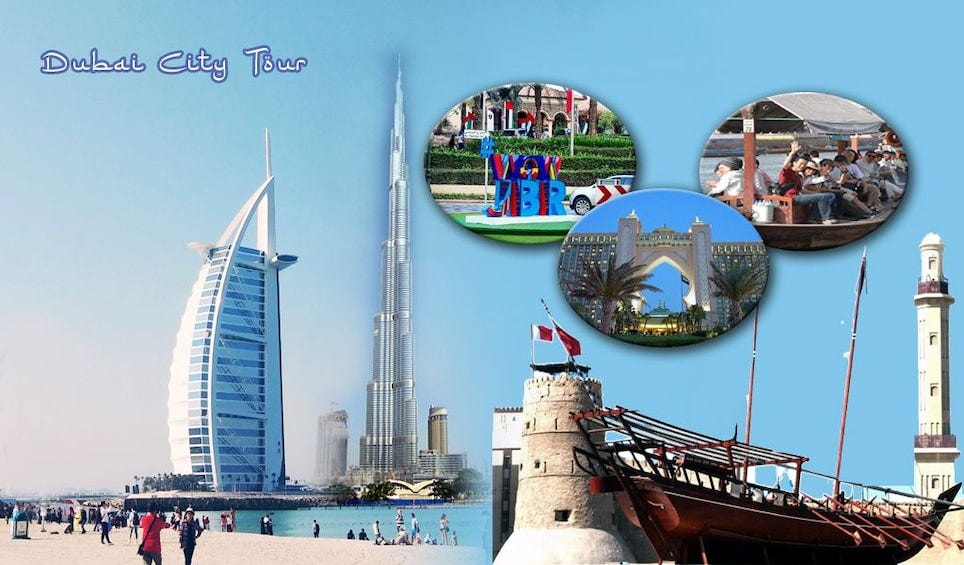
Some people think Dubai is only about modern luxury, but its cultural heritage plays an important role in shaping the city’s identity and future. The government has launched many projects to protect historical sites, encourage local arts, and teach the new generation about the importance of their past.
As Dubai plans its future as a global city, it also promises to keep its unique traditions alive—a balance that makes this city truly special.
Final Thoughts
For anyone visiting Dubai, it is not enough to see just the tallest towers or the largest malls. To truly understand Dubai, one must explore its roots—the quiet lanes of Al Fahidi, the bustling old souks, the taste of Arabic coffee, and the songs of the desert.
Dubai’s cultural heritage is not just history—it is a living, breathing part of everyday life that welcomes the world while proudly remembering its past.
Read More:- Shobha Realty Launches Its Most Luxurious Project Yet—Full Details Inside 2025



